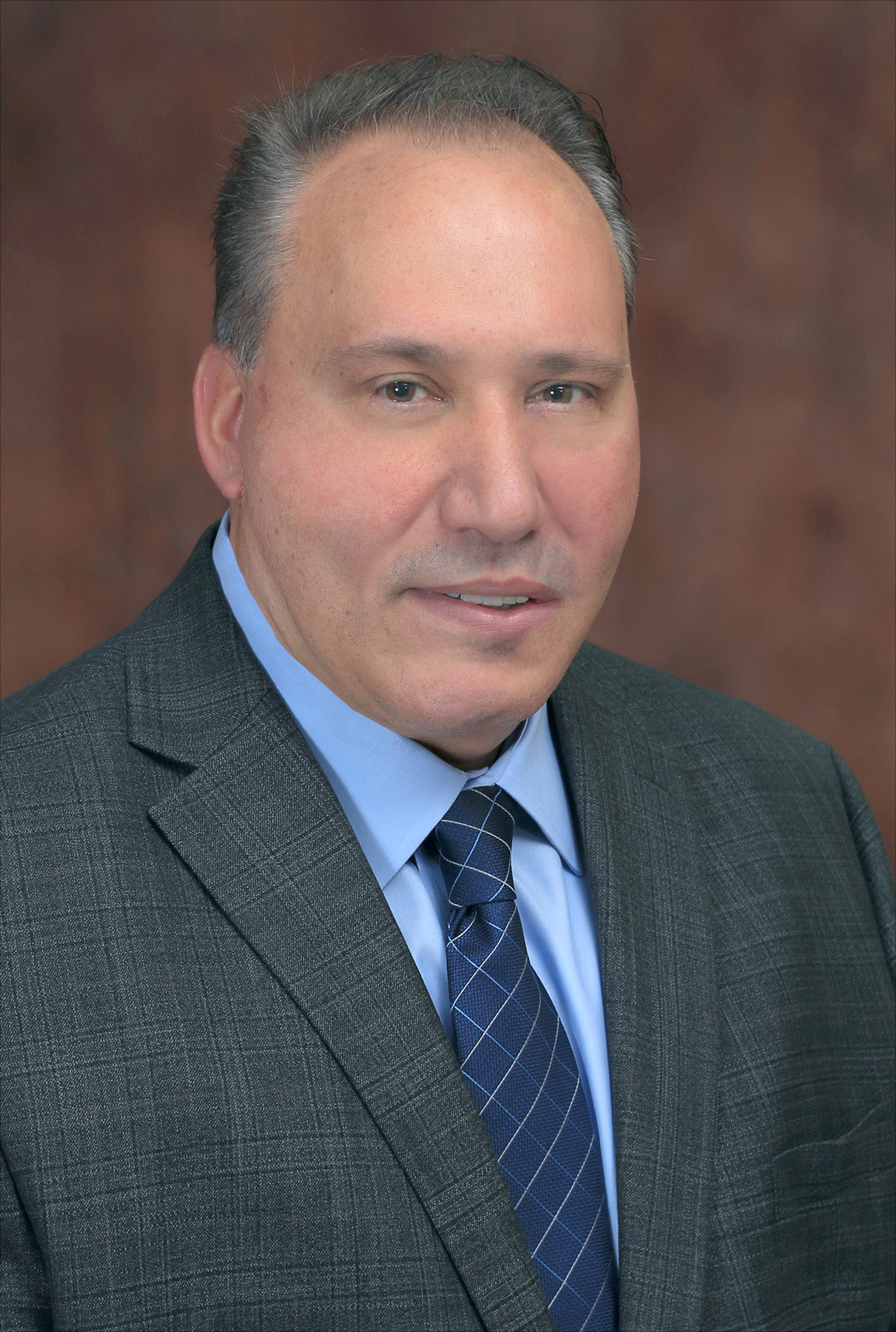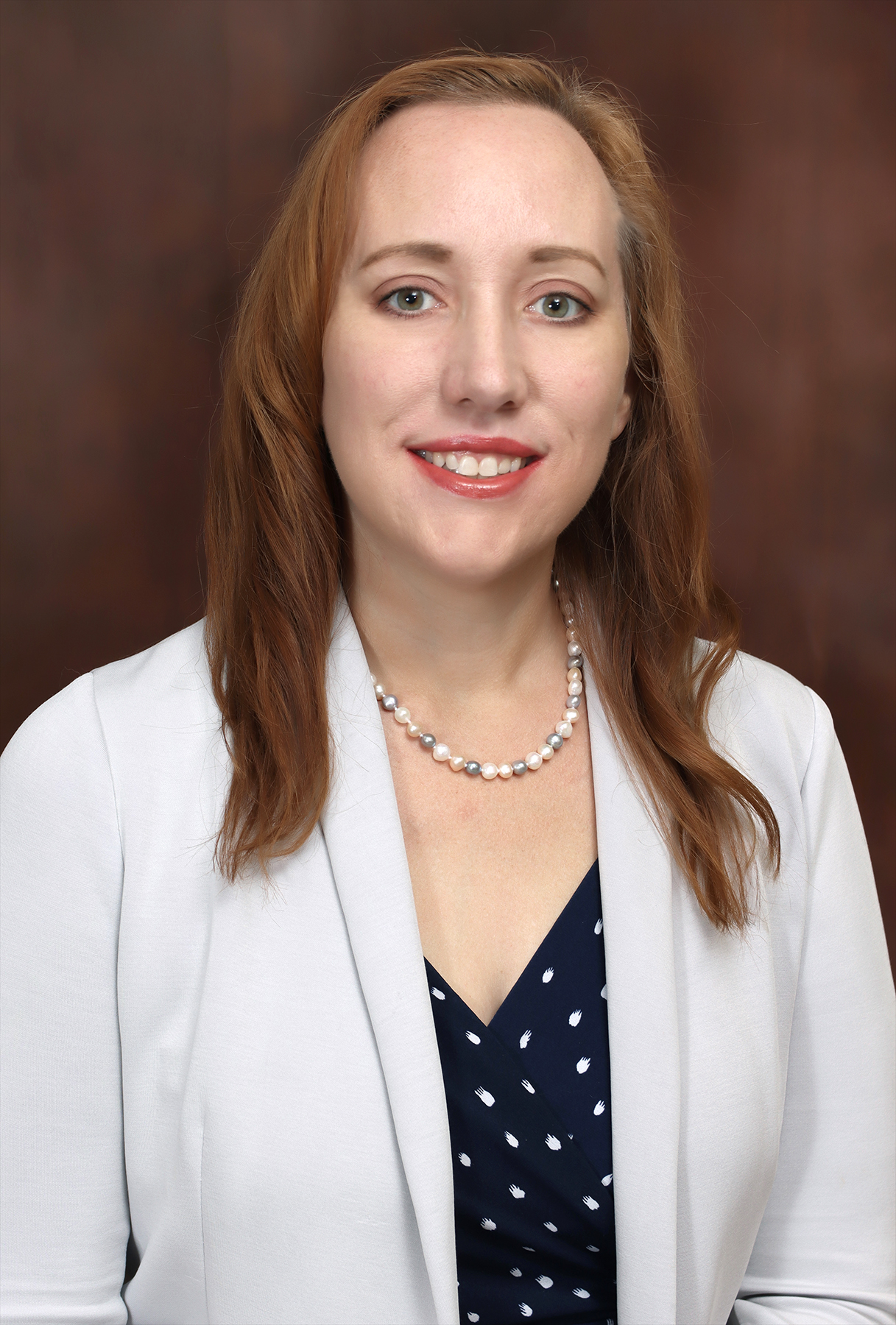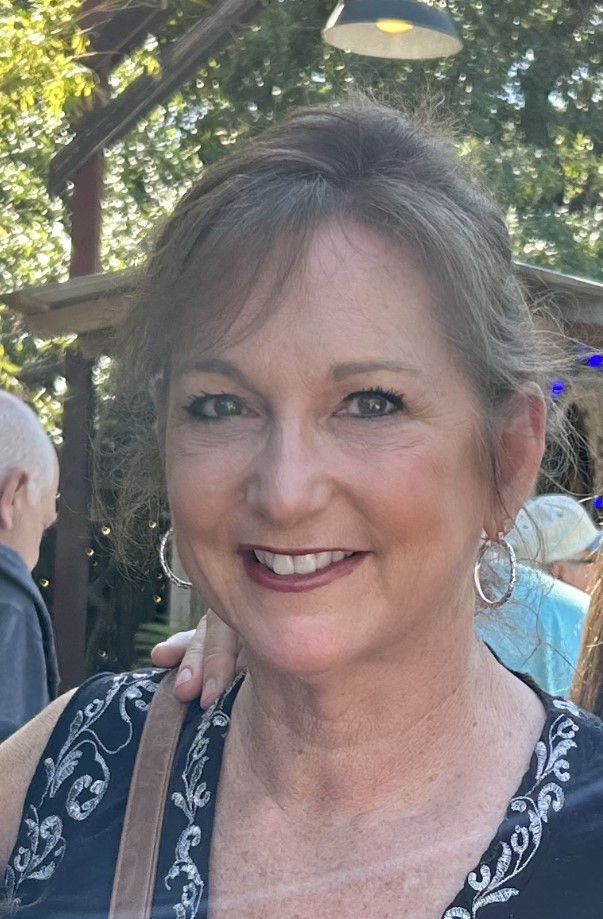While the disease is rare, Blessing Health surgeon Dr. Fernando Bonanni says for people who suffer with achalasia, how often it occurs does not matter.
“It’s a horrible disease that is often misdiagnosed,” said Dr. Bonanni, medical director of the Blessing Bariatric Institute/Heartburn and Reflux Center. “It is often mistaken for reflux, but it’s not, and it just gets worse and worse and worse.”
Drs. Bonanni and Melissa Matrisch now offer a surgical option at Blessing Hospital to people living with achalasia. It is called robotic-assisted Heller Myotomy with DOR fundoplication. Until now, the procedure was available only in urban areas.
What is achalasia?
Achalasia (pronounced ay-kuh-LAY-zhuh) is a swallowing disorder that affects the tube that connects the mouth to the stomach, known as the esophagus. In people with achalasia, the esophagus muscles cannot contract properly to push food into the stomach. That’s because the muscular valve that leads to the stomach - the lower esophageal sphincter - cannot relax to allow food to pass. 
“In people living with achalasia, the nerve endings that make the lower esophageal sphincter open and close are missing and the food cannot make it into the stomach. The esophagus is pushing against a blockage and it gets worse over time,” Dr. Bonanni explained.
Due to the disease, the esophagus eventually becomes ineffective and enlarged. This results in a progressive inability to tolerate food and eventually liquids.
“Ultimately, people begin to aspirate food into their lungs. They start losing weight. They get chest pain. It is very, very uncomfortable,” Dr. Bonanni continued. “Because it is often misdiagnosed, people suffer with it for a long period of time. In addition to the physical problems it causes, achalasia leads to stress and anxiety.”
"There is no cure for achalasia and the condition never gets better without an intervention,” Dr. Matrisch stated.
The Heartburn and Reflux Center, a service of the nationally-certified Blessing Bariatric Institute, performs esophageal motility studies as part of its menu of care. An esophageal motility study is how achalasia is diagnosed properly.
“Achalasia is impossible to diagnose without the appropriate diagnostic tests,” said Dr. Matrisch. “Thankfully, Blessing offers the technology necessary to diagnose this rare disorder. Previously, if someone needed additional testing for reflux/heartburn or difficulties swallowing, they had to travel over 2 hours. This would often mean several trips to get the office appointments and tests completed. Now you have the convenience of staying close to home.”
Treatment options
There are several non-surgical options to treat achalasia and Drs. Bonanni and Matrisch share all options with their patients. But they believe robotic-assisted Heller Myotomy with DOR fundoplication offers many people living with achalasia the most effective and long-lasting treatment.
During the minimally invasive procedure, the surgeons split the malfunctioning muscle around the esophagus. Then, to reduce the chance for reflux, a DOR fundoplication is performed, during which the upper part of the stomach is used to cover the split muscle at the lower part of the esophagus and act as a sphincter. This helps reduce reflux of acid from the stomach into the esophagus to prevent heartburn.
Performing the Heller myotomy procedure robotically, versus laparoscopically, gives the surgeon more degrees of motion when splitting the muscle and provides 3D imaging during the procedure, thereby reducing the risk for damaging the esophagus.
“The rate of cutting a hole in the esophagus when doing a laparoscopic Heller Myotomy is as high as 15%. The incidence has been reported as low as 0.5% when done with robotic assistance.”
From the patient’s perspective

Seven years ago, while living in Florida, Anne Fields began having trouble swallowing. Her primary care doctor suggested over-the-counter indigestion medication. It didn’t work, and with each passing year Anne’s symptoms grew worse, reaching a point where she could barely swallow liquids and was growing exhausted from poor nutrition.
It was not until she and her husband, a Blessing employee, moved to Quincy that Anne became a patient of Dr. Matrisch and the Heartburn and Reflux Center at the Blessing Bariatric Institute. After a series of tests, Anne was diagnosed with achalasia.
“After performing a history on Anne I became concerned that her condition was more serious than reflux,” said Dr. Matrisch. “After appropriate diagnostic work-up, I was able to give her the diagnosis that has eluded her for years.”
“I knew I wasn’t crazy. After seeing - I cannot tell you how many doctors - and being told, it’s reflux, or it’s this, or it’s that, or it’s nothing and your fine, finally I got my diagnosis so I could move forward,” Anne stated. Dr. Matrisch is an amazing physician.”
After establishing the diagnosis, Dr. Matrisch consulted with her partner, Dr. Bonanni. They both recommended to Anne that she consider the robotic-assisted Heller Myotomy with DOR fundoplication procedure. Drs. Matrisch and Bonanni then scheduled Anne for her surgery.
“I felt really comfortable with them” Anne said of Drs. Bonanni and Matrisch “And I felt that they were well qualified to do the surgery. It was an easy choice for me, when I compared all my options, to be able to stay close to home.”
After years of suffering, Anne was swallowing regularly again 10 days after her surgery on May 31.
“I realized after hearing from others with achalasia who had their surgeries in larger cities – New York, Chicago and St. Louis – that my experience was much better as far as having physician support,” Anne said. “I know I made the right choice. I can’t tell you how amazing it is to have somebody right in our community who can do this.”
“We walk around as patients with these symptoms and we don’t know how far to push to get an answer to our issues,” Anne concluded. “The Heartburn and Reflux Center is such an asset. We have this resource right in our backyard that can improve people’s lives. You don’t have to suffer.”
“I encourage anyone living with uncontrolled reflux/heartburn or who have difficulty swallowing, like Anne, to schedule an appointment at the Heartburn and Reflux Center. We can help you get an accurate diagnosis for what ails you,” Dr. Matrisch states.
Both Drs. Bonanni and Matrisch are nationally board-certified surgeons. For more information on them and the care provided by the Heartburn and Reflux Center of the Blessing Bariatric Institute, click here.
